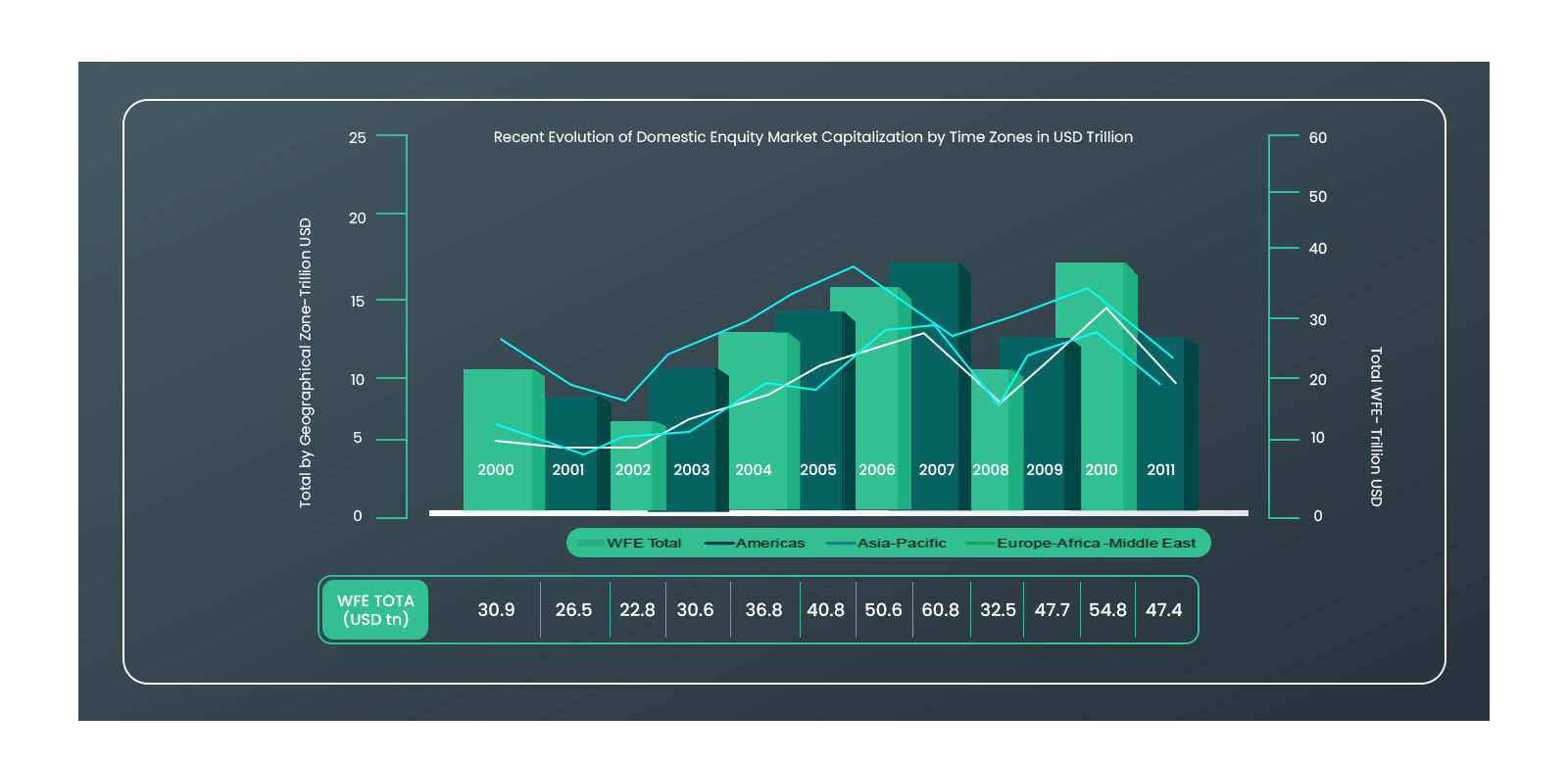| Middle Office | Back Office |
| Transaction Management, Record Keeping, Data Management. PnA, Client Billing, Client Reporting, Recon, Corporate Actions | Fund Administration, Fund Accounting, Transfer Agency, Custody, Clearing & Settlement |
| Conversion Program Management | Project Planning- Tasks, Resources, Timelines and Risks |
| Conversion Program Management | Post Due Diligence | Gap Analysis | Business Process Analysis | Business Requirements |
| Business Analysis & Business systems Analysis | ||||
| I.T Team | Product Evaluation | Technical Analysis | Functional Analysis | Design & Develop |
| Data Dictionary Creation | ||||
| Data Migration | Migration Planning | Migration Requirements | Tool Setup Testing | Data Gathering | Testing Support | Dry Runs | Go Live |
| Data Migration Tools – Belva/ Recon Tool- Verzomen | |||||||
| Testing | Test Planning | Test Requirement | Test Data | Test Design | Functional Testing | Regression Testing | SIT-UAT | Business Process Validation | Model Office Testing |
| Hexaware Proprietary Testing Tools & Accelerators | |||||||||
| Operations | BPV Support | Operations Readiness | Model Office | |||||
| BPS – IT/BPO/KPO Synergy | ||||||||
| Conversion Phases | Planning | Requirement Analysis | Pre- Conversion | Conversion | Parallel Run |
Scope for improvements in the future
| Requirement Analysis: Interface Mapping |
|
|
Transaction Data
|
Static & Reference Data
Internal Data Interfaces
|
| Pre-Conversion: Configuration & Data Set-up |
|
|
Transaction Data
|
Fund Setup
|
| Conversion Data Migration (Base-lined & Forward Period data) |
|
|
Historical Data
|
Dynamic Data
|
| Testing |
|
| Parallel Run |
|


